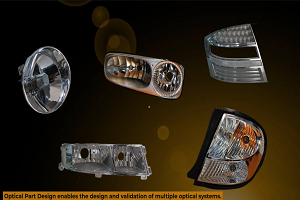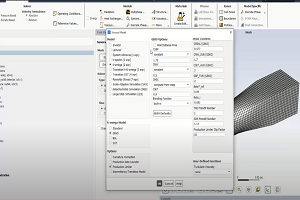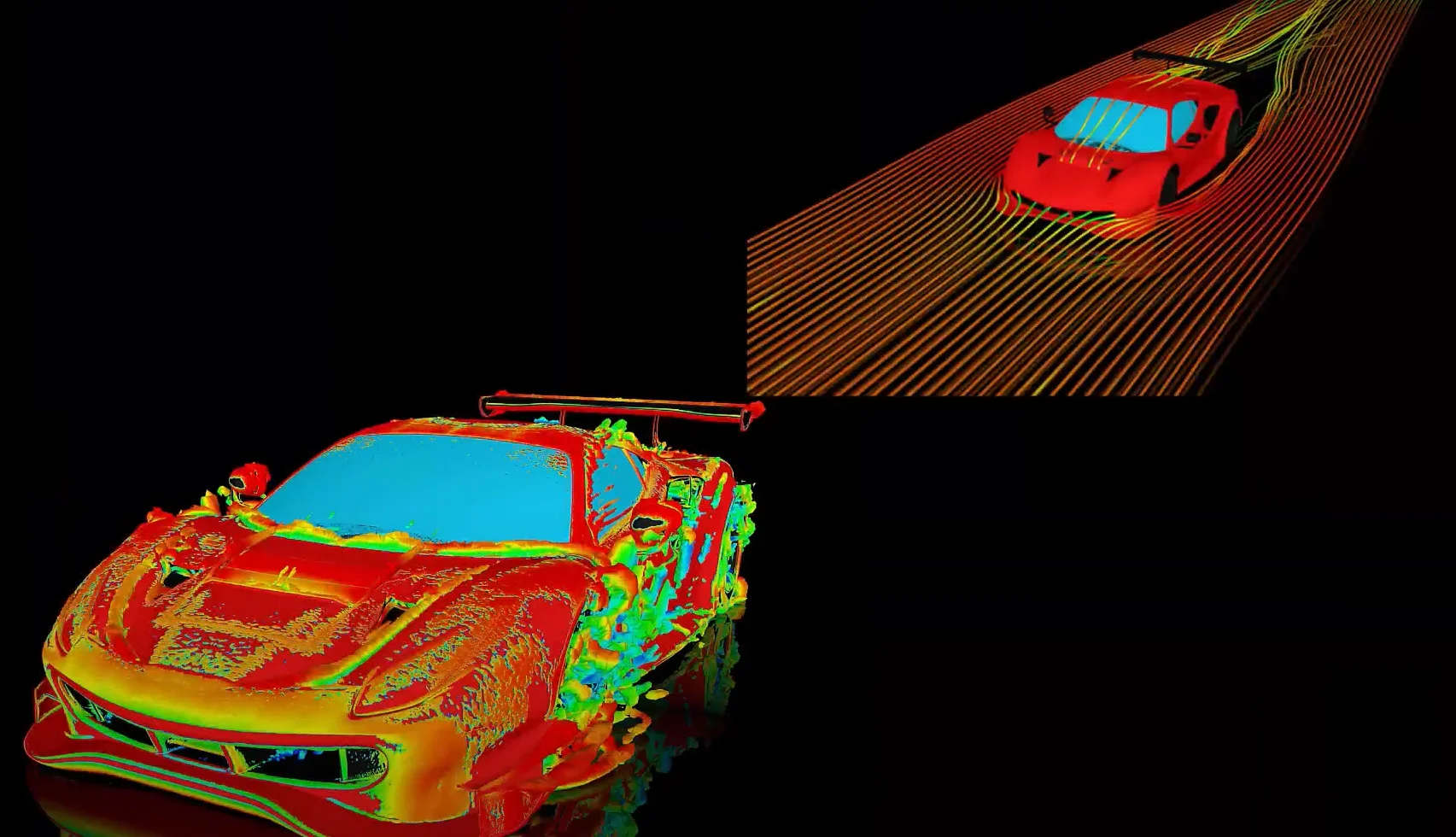Is it possible to perform a sine-on-random vibration analysis in either Mechanical or Mechanical APDL?
-
-
January 25, 2023 at 7:34 am
 FAQParticipant
FAQParticipantNeither Mechanical nor Mechanical APDL provides an automated method for performing a sine-on-random vibration analysis. A harmonic response analysis is deterministic (real + imaginary results), where as a random vibration analysis is statistical (1-sigma results). So, it is not clear how to combine the results. Two methods employed sometimes employed to simulate the sine-on-random effect are: 1. Include the harmonic loading (sine) as a ‘spike’ in the PSD input spectrum (area of sine loading should have same energy content) and then perform a single combined PSD analysis. 2. Perform a separate harmonic response and random vibration analysis and convert the harmonic response results to “RMS”” values. Then statistically add the RMS results from the harmonic analysis to random vibration results.
-


Introducing Ansys Electronics Desktop on Ansys Cloud
The Watch & Learn video article provides an overview of cloud computing from Electronics Desktop and details the product licenses and subscriptions to ANSYS Cloud Service that are...

How to Create a Reflector for a Center High-Mounted Stop Lamp (CHMSL)
This video article demonstrates how to create a reflector for a center high-mounted stop lamp. Optical Part design in Ansys SPEOS enables the design and validation of multiple...

Introducing the GEKO Turbulence Model in Ansys Fluent
The GEKO (GEneralized K-Omega) turbulence model offers a flexible, robust, general-purpose approach to RANS turbulence modeling. Introducing 2 videos: Part 1 provides background information on the model and a...

Postprocessing on Ansys EnSight
This video demonstrates exporting data from Fluent in EnSight Case Gold format, and it reviews the basic postprocessing capabilities of EnSight.

- How to setup Initial, Minimum and Maximum time step in Transient analysis?
- How to define variable thickness shell elements in ANSYS Mechanical? Is there any verification example of the variable thickness shell modal analysis available?
- In Workbench Mechanical, how can I obtain strain energy output for Modal analysis?
- In a random vibration analysis, what is “GRMS” and how can it be calculated?
- Why is damped frequency is lower than undamped frequency with viscous damping but larger with structural damping?
- How to apply application-based settings to improve the performance and robustness of transient structural analyses?
- How to include effect of bolt pretension in a modal analysis?
- In the results of a modal analysis, how can I define that a frequency is an output parameter ?
- Presentation on shock analysis using response spectrum and transient dynamics
- ANSYS Explicit Dynamics: Using Joints, Joint Loads and Probes

© 2025 Copyright ANSYS, Inc. All rights reserved.

